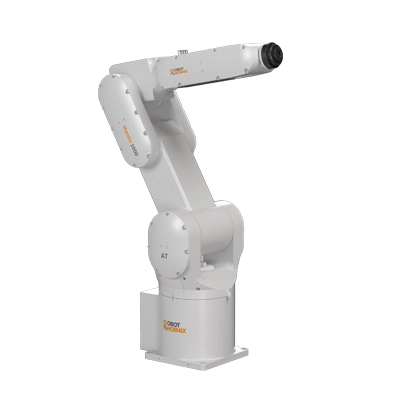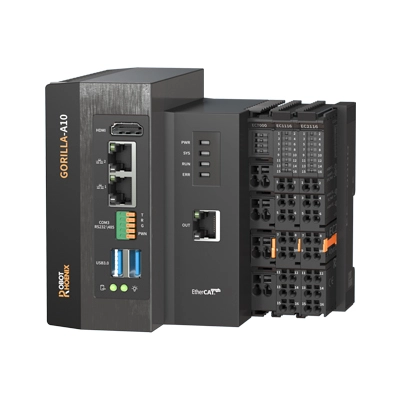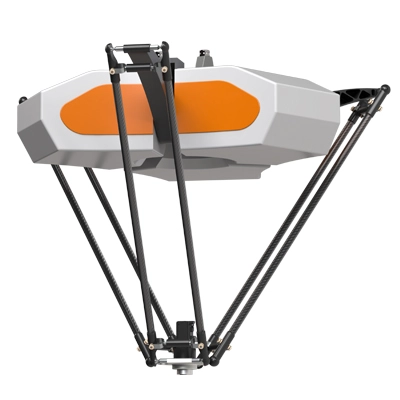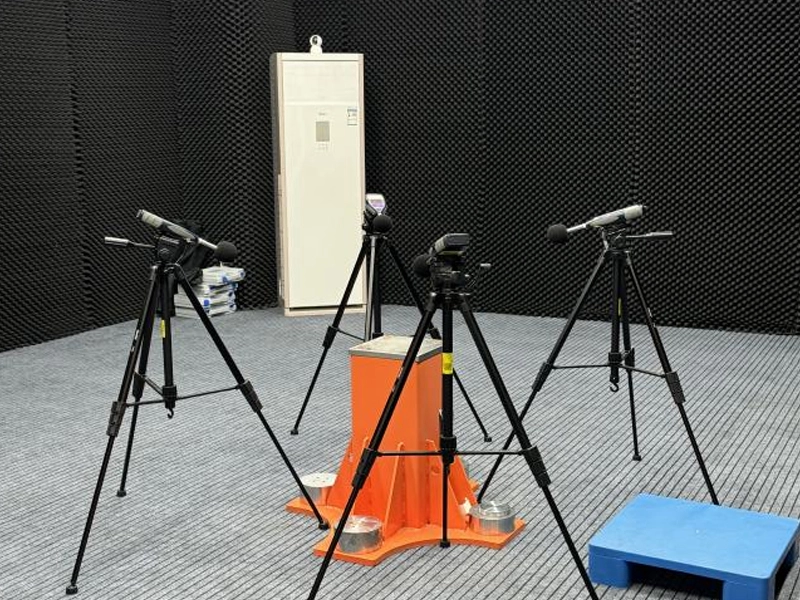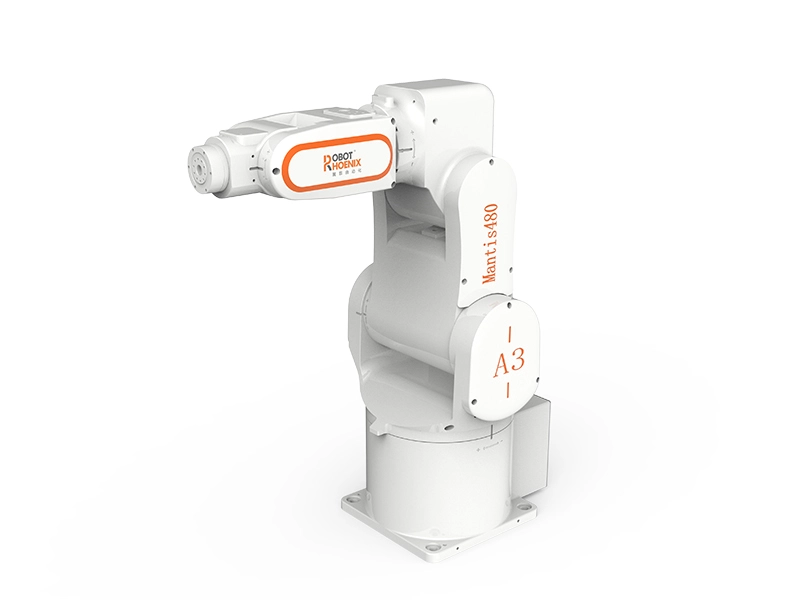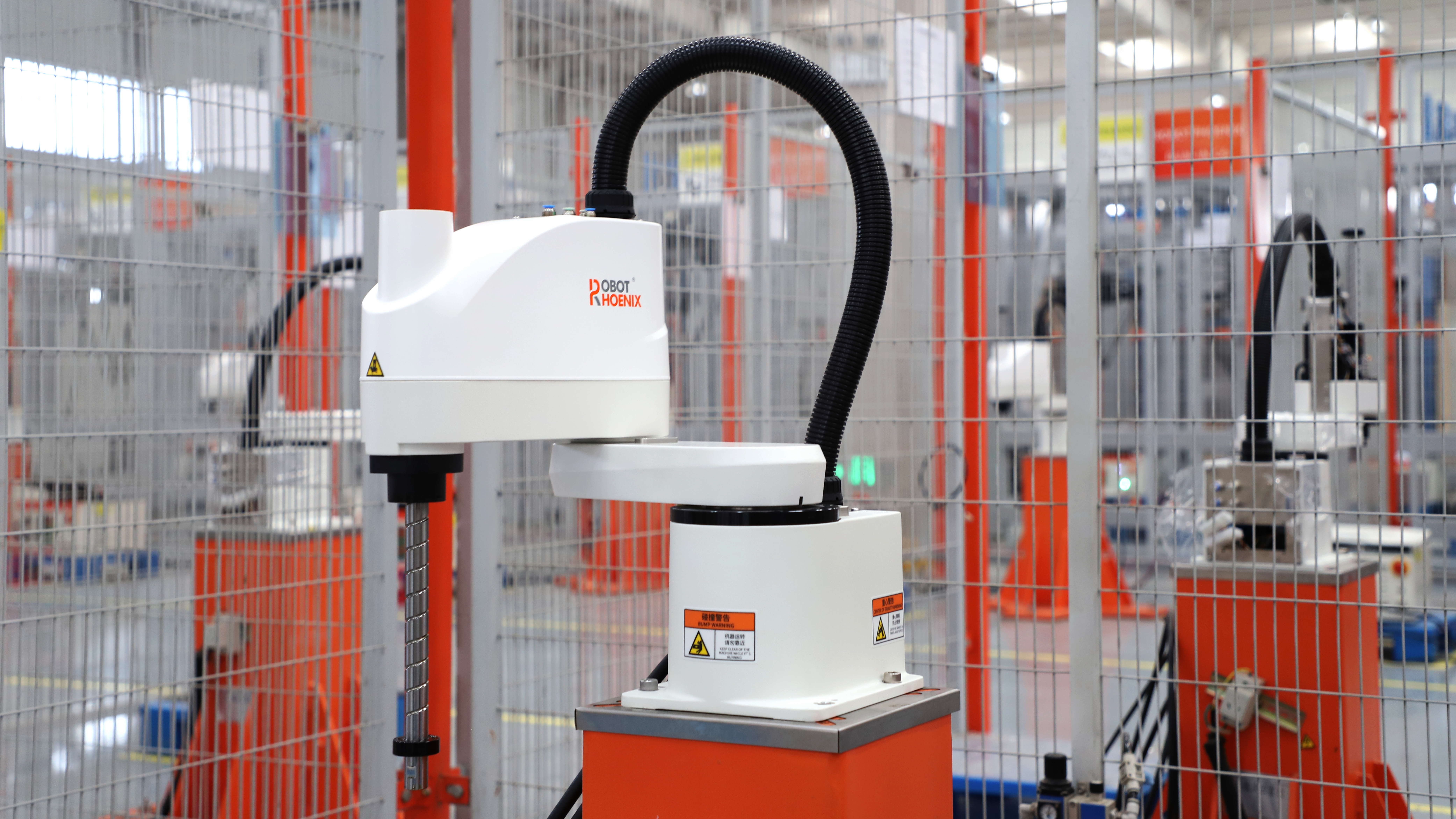Palletizing robots have revolutionized the way companies handle and transport goods, increasing efficiency and productivity in warehouses and manufacturing facilities. However, it is essential to prioritize safety when working with these powerful machines to prevent accidents and injuries. In this blog, we will discuss some key safety considerations and best practices for operating palletizing robots.
Training and Certification
One of the most critical safety considerations when working with packaging and palletizing robots is ensuring that operators receive proper training and certification. It is essential for employees to understand how to operate the robot safely, including how to program it, load and unload pallets, and troubleshoot any issues that may arise. Training should cover not only the technical aspects of operating the robot but also safe working practices to minimize the risk of accidents.
Risk Assessment
Before using a palletizing robot, it is crucial to conduct a thorough risk assessment to identify potential hazards and implement measures to mitigate them. Some common risks associated with palletizing robots include collisions with other equipment or workers, trapping or crushing injuries, and malfunctioning of the robot's controls. By identifying these risks and taking steps to address them, robotic palletizer manufacturer can create a safer work environment for their employees.
Safety Features
Food palletizing robots are equipped with various safety features to protect operators and minimize the risk of accidents. These may include emergency stop buttons, safety fences or barriers, light curtains, and sensors to detect obstacles in the robot's path. It is essential to ensure that these safety features are properly maintained and regularly tested to ensure they are functioning correctly. In addition, operators should be familiar with how to use these safety features effectively in case of an emergency.
Maintenance and Inspections
Regular maintenance and inspections are essential to ensure that palletizing robots are operating safely and efficiently. This includes regularly checking for any signs of wear or damage, lubricating moving parts, and calibrating sensors and other components. Any issues should be addressed promptly to prevent them from developing into more significant problems that could compromise the robot's safety. Companies should also schedule regular inspections by qualified technicians to ensure that the robot is in compliance with safety regulations.
In conclusion, while palletizing robots offer significant benefits in terms of efficiency and productivity, it is essential to prioritize safety when working with these machines. By following proper training and certification procedures, conducting thorough risk assessments, utilizing safety features, and maintaining the robot regularly, companies can create a safe work environment for their employees. By implementing these safety considerations and best practices, companies can maximize the benefits of palletizing robots while minimizing the risk of accidents and injuries.
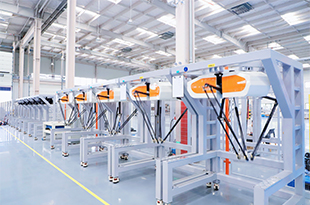 Learn More
Learn More 
 EN
EN  ja
ja  ko
ko  fr
fr  de
de  es
es  ru
ru  pt
pt  ar
ar  vi
vi  ur
ur 